Cosmos Magazine is an award-winning literary science magazine, published in Australia but with a global reach. Cosmos Magazine presents the exciting world of science in a way that everyone can enjoy, with beautiful pictures and clear explanations of the latest developments. Discover the universe around you and what makes it tick.
Reef sails for storm!
BEHIND THE SCENES THIS ISSUE
ABOUT THE ROYAL INSTITUTION OF AUSTRALIA
Cosmos Magazine
FROM THE EDITORS
SUPPORT US
How and why butterflies keep their wings cool
Java man not so old after all • First human species out of Africa reached Asia later than thought.
Studying wasp nests to put an age on art • Rock paintings are younger than suspected, scientists say.
Moves like a marsupial, climbs like a primate • Koalas really are built for life in the treetops.
That sounds a bit fishy • ‘Acoustic enhancement’ may help with reef restoration.
Lola found in ancient chewing gum • Genetics researchers sequence DNA from birch pitch.
MENAGERIE Slime mould
Action in amber • Fossil reveals 16-million-year-old hitchhikers.
Honeybees can surf to safety • On water their wings work like hydrofoils.
IN FOCUS: HEALTH
Life clock ticking • Study suggests genetics can predict a species’ maximum lifespan.
Culture vultures may live longer • Study highlights health benefits of engaging with the arts.
A mega library of nanoparticles
BIRTH, DEATHS & MARRIAGES
Exploring the inner complexity of Enceladus • Subsurface ocean composition hints at habitable conditions.
Artificial neurons can behave like real ones • Researchers successfully create them on tiny silicon chips.
First results from close to the sun • Parker Solar Probe data paint a complex picture.
GUESS THE OBJECT • One can imagine an old wizard, Albus Dumbledore perhaps, peering into the clear globe of this mystery object.
Pavlov’s plastic • Inanimate material can be “trained” to behave like small artificial muscles, a new study suggests.
Tiny fossils are first known baby dinosaurs from Australia • Discovery reveals dinosaurs were breeding near the South Pole.
Hubble trouble, boils and bubbles • How quickly is the Universe expanding? It’s a question currently causing a crisis in astrophysics – and as Katie Mack explains, that’s a wonderful problem to have.
2020 vision • Humans see the world three kinds of cone cells (receptors used for colour vision) that give us the world, usually in reasonable focus, in red, green, blue (RGB) colour. It can be easy to overlook how different life looks from a different perspective.
FROM THE FRONT LINE • BROUGHT TO YOU BY THE AUSTRALIAN COUNCIL OF DEANS OF AGRICULTURE
Winged watchmen • Updrafted into service in the fight against illegal fishing, these graceful airborne giants could be the key to defending devastated ocean ecosystems. JAMES URQUHART reports.
Windows to the stars • For seven decades, the world worked to map the heavens – a massive endeavour that ran from the 19th century to the era of manned space flight, taking in two world wars and vast social change. Here, we explore Australia’s role in the project and the lives of those who measured the stars: the “lost women” of Australian astronomy. By IVY SHIH
HISTORY IN THE MAKING
Eyes in the SKY • Around 2000 satellites are circling the Earth right now, with that number set to double by the end of 2020. What do they do, how can we use them, and are they really watching us?
Unsung Reef • Australia’s corals may get all the headlines, but its kelp-dominated temperate reefs are as important and imperilled. Now they’re finally getting the...
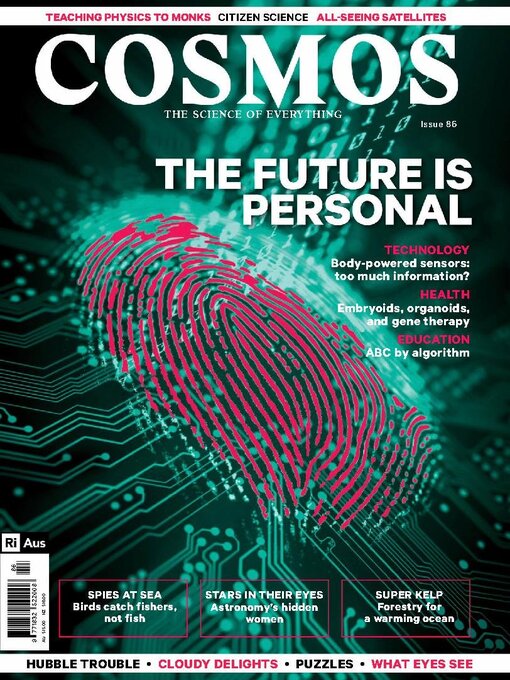
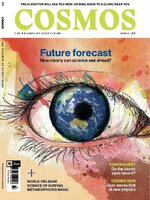 Issue 102
Issue 102
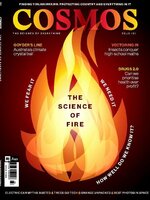 Issue 101
Issue 101
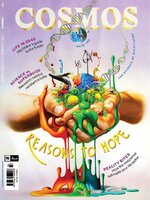 Issue 100
Issue 100
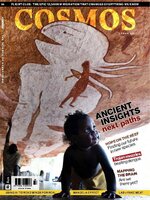 Issue 99
Issue 99
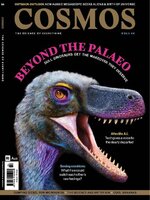 Issue 98
Issue 98
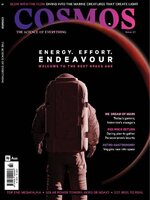 Issue 97
Issue 97
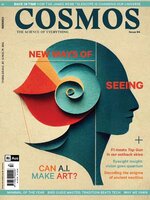 Issue 96
Issue 96
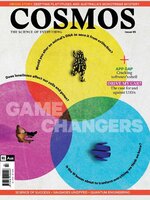 Issue 95
Issue 95
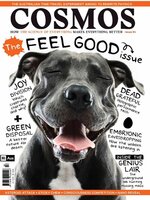 Issue 94
Issue 94
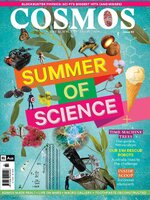 Issue 93
Issue 93
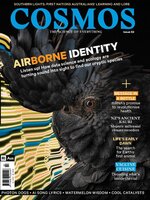 Issue 92
Issue 92
 Issue 91
Issue 91
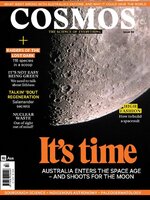 Issue 90
Issue 90
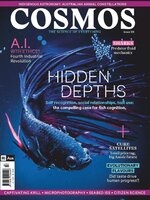 Issue 89
Issue 89
